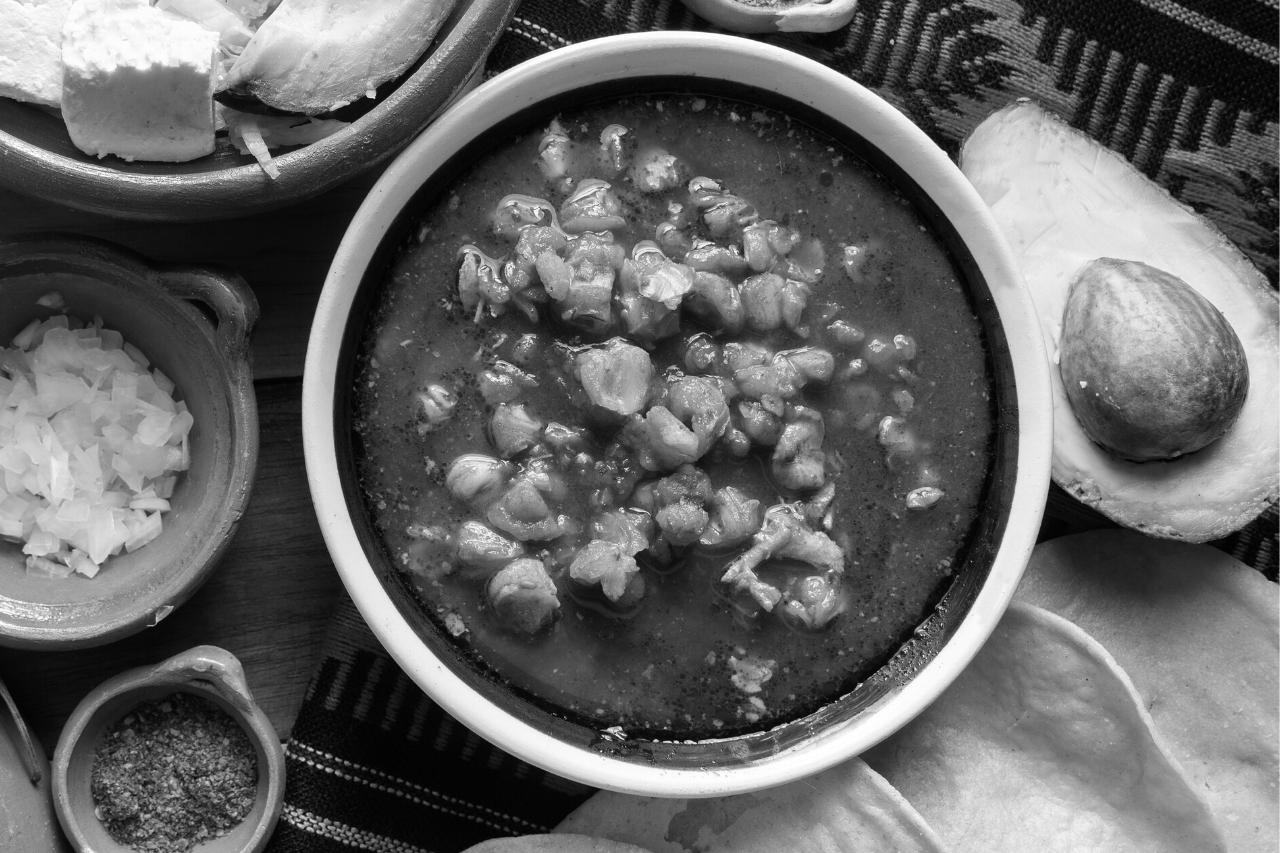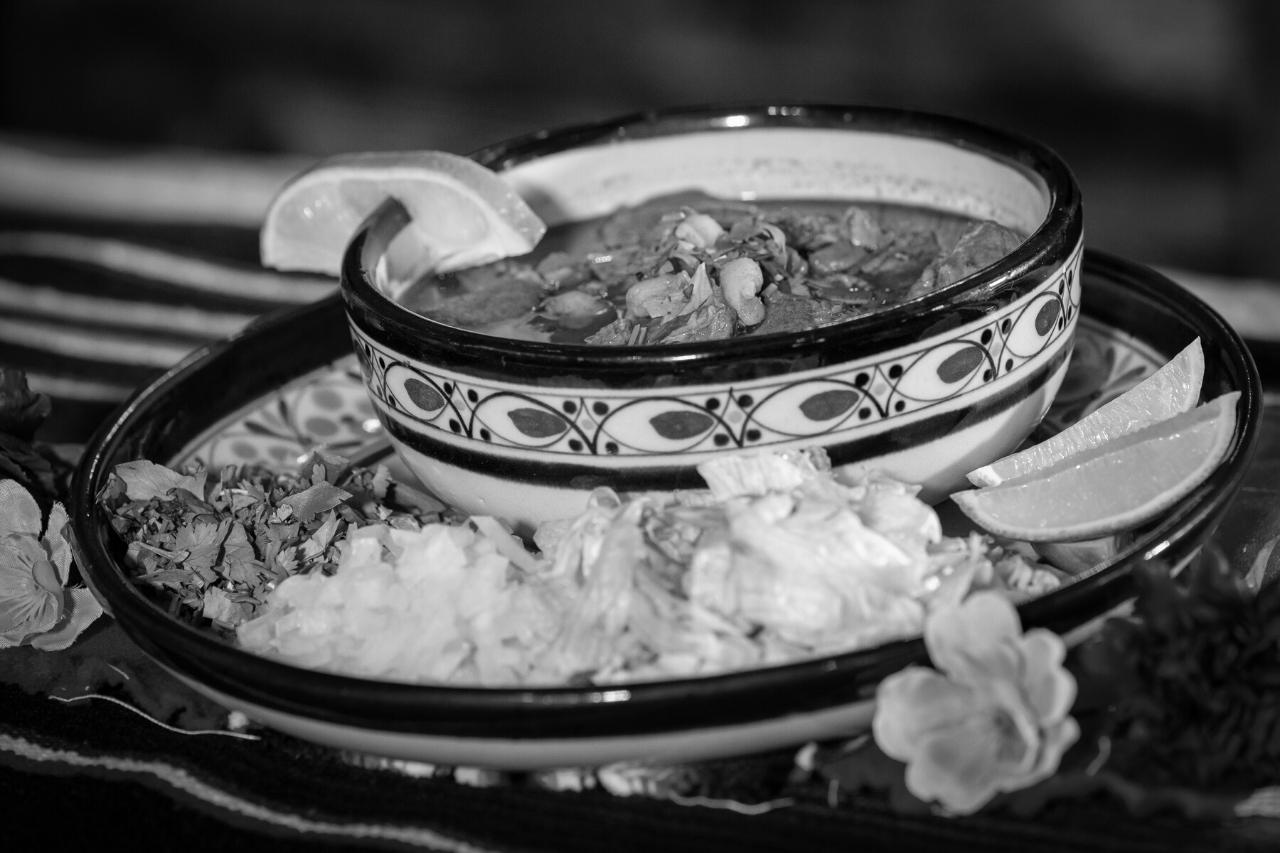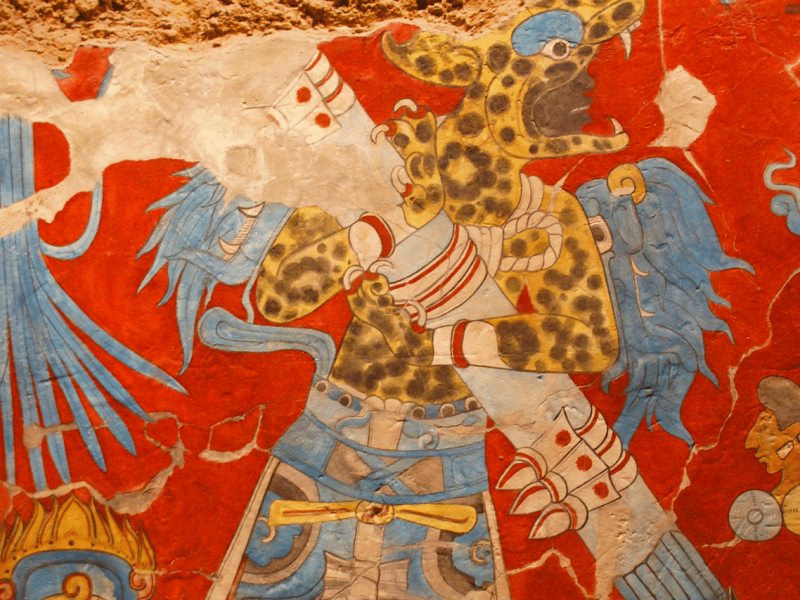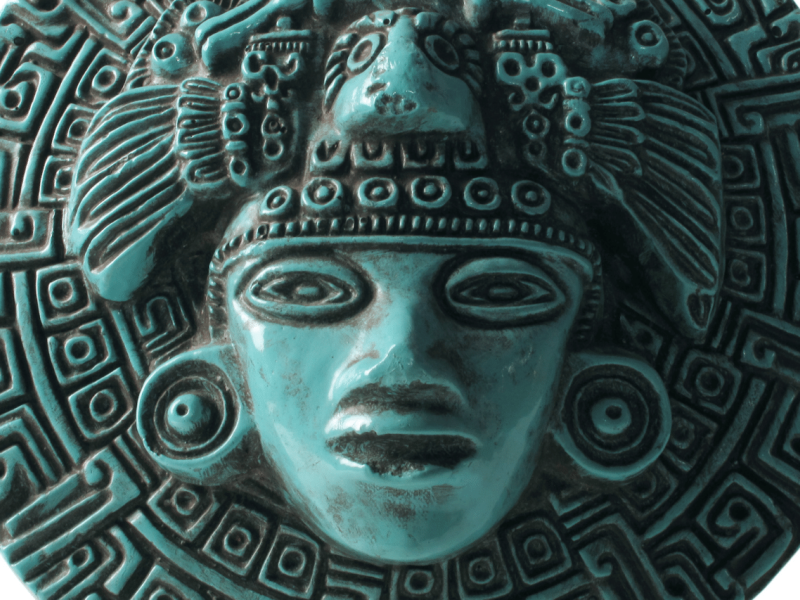Was Pozole Made With Human Meat: The Dark Truth About This Dish
A question many daring diners ask is “was pozole made with ‘human’ meat?” Pozole is a traditional stew from Mexico that has existed for centuries, but it has an infamous past.
Legend has it that the Aztecs came up with the stew to make use of the meat that they had just slaughtered in human sacrifices to unforgiving gods.
Continue reading to learn about the infamous history of this Mexican dish and how things have changed over time.
Was Pozole Made With Human Meat?
Yes. Today, pozole or pozole rojo, meaning “red pozole,” because of the red color of the sauce, is a thick stew made of pork, white corn hominy, garlic, and chile. But back in the time of the Aztecs, the pork was swapped for a more nefarious meat – human flesh.
This dish was popular around festival seasons, a time in which – you guessed it – the Aztecs conducted sacrifices to their gods. Along with offering up animals to their deities, the Aztecs killed their own people. Human beings were slaughtered on festival days and either left to rot or slaughtered for food. These poor victims were cooked into the pozole stew and served to royalty and special guests.
In some cases, the family of the sacrificed person was expected to eat their meat. This might have taken place in the form of individuals eating pozole cooked with their relative’s flesh.
During non-sacrificial occasions, Aztecs substituted the flesh of humans for tepezcuintle meat. A tepezcuintle, a large rodent about the size of a bulky raccoon, was a regular source of protein for Aztec people.
What is the Origin of Pozole?
Pozole was invented hundreds of years before Central America and Mexico were colonized by the Spanish. The Aztecs, a people who lived between 1300 and 1521 in what is now central Mexico, grew fruits, vegetables, and corn in the jungles of Central America. They were highly spiritual people intent on pleasing and appeasing their gods.
Religious Ceremonies
This meant that their religious ceremonies and rites of human sacrifice and cannibalism were tightly interwoven. It was practically a religious experience for the elite and royal Aztecs to consume human flesh that had been sacrificed to gods or during the time of harvest celebrations.
Two major religious ceremonies each year stood out for their focus on human sacrifice and the need for pozole made from the flesh of humans. Atlcahualo, a festival to entice the gods to send rain, happened during early spring. During harvest, Aztec people held the Feast of Tlacaxipehualiztli. They danced and sang and committed large-scale human sacrifices in temples and at altars.
The human flesh that was used as an ingredient in traditional Aztec pozole recipes was anything but the heart. The heart, according to the Aztecs, was the most important part of the sacrifice and had to be offered to the gods, after it was ripped from the victim’s body. The rest of the human was reportedly chopped up finely and added to the stew.
Spanish Rule
The only way we know about the gruesome tradition of pozole in Aztec culture is thanks to the Catholic missionaries from Spain. In the early 1500s, missionaries joined the Aztec society and kept careful records of how Aztec people lived so that they could later convert them to Christianity. One missionary, Fray Bernardino de Sahagun, recorded the existence of pozole and how human flesh was added to the pot.
Pozole eventually changed ingredients when the Spanish Conquistadors outlawed human sacrifice and overthrew the Aztec government. Both human and tepezcuintle meat were replaced with pork, which infamously is known as the meat that tastes most similar to human flesh.
Pozole Today
These days, pozole is decidedly human-free. Pozole may also be spelled differently, according to the Spanish way, as ‘posole.’ Both ways are correct, it’s just personal preference. You can also exchange the pork for chicken pozole, or include different kinds of chiles instead of traditional Mexican ones.
Be aware that your pozole rojo might not be so red if you do change the chiles!
If you’re interested in a change, try making pozole verde by using tomatillos. With this recipe, try using chicken instead of pork.
Today, chicken or pork pozole is traditionally served after social events, like quinceaneras, weddings, funerals, or engagements. It’s also served on Christmas Eve in some parts of Mexico.
FAQ
Why Did the Aztecs Make Pozole?
The Aztecs made pozole because it combined food ingredients available to them at the time. Other than flesh from human sacrifices, pozole utilized a lot of the fruits, vegetables, and grains that were available in central Mexico. White corn was the primary grain of Aztecs, and it was a major part of the dish, white pozole.
The abundance of flesh from human sacrifices was also a contributing factor to its inclusion in pozole. It is estimated that between 10,000 and 20,000 human beings were sacrificed in Aztec religious ceremonies each year. Festival years, years when ceremonial buildings were completed, or coronation years likely had even higher death tolls.
Killing off an average of 15,000 people per year was a large strain on a city of about 200,000 people!
However, there might have been a more insidious reason officials had for doing so: to combat overpopulation among the crowded island city of Tenochtitlan. Furthermore, an Aztec king could easily sentence his political enemies to death.
Scientists also considered that the Aztecs, who didn’t have any sort of moral qualms about eating other people, saw human flesh as a valuable source of animal protein. Central America lacked typical livestock like cows, sheep, and chickens, which were calorie-dense and nutritious. We can’t ignore the fact that some Aztecs might have partaken in cannibalistic rituals because they needed the amino acids that only animal flesh could provide.
Why is Pozole Important To Mexico?
Despite its less-than-pleasant origins, pozole is important to Mexico because it is a dish emblematic of culture and history from hundreds of years ago. It survived invasions, inquisitions, and wars. With a few necessary changes to the type of protein, Mexican pozole is a dish that represents the Mexican people going back hundreds of years.
It also incorporates corn, a valuable and nutritious grain that Mexican people have relied on for generations. While corn may not be especially ‘sacred’ today as it was to the ancient Aztecs, pozole incorporates corn in a way that shows appreciation for all that this grain can do to support and nourish people.
Pozole is also served in Mexican restaurants around the world, connecting diners everywhere. While you may have to search for an authentic restaurant that goes beyond the typical taco or burrito, there’s bound to be somewhere you can eat pozole.
Pozole is also a way for families and friends to connect with one another. The stew takes a long time to simmer, and it is also emblematic of Mexican family culture, such as when an extended family gathers at Abuelo and Abuela’s house. Like shepherds’ pie in the British Isles or green bean casserole in the American South, pozole is the family dish of Mexican culture.
In fact, there’s even a tradition of eating pozole only on weekends!
Conclusion
In this article, we have discussed the ingredients, dark history, and current-day attitudes toward pozole, the traditional Mexican stew.
Read on to review what we’ve learned in this article:
Prior to Spanish colonization, the native Aztec population regularly committed human sacrifice and incorporated human flesh into the traditional stew pozole.
After the human sacrifice was outlawed by the Spaniards, pork replaced human meat as the primary protein source in pozole.
Today, pozole is a well-loved and celebratory Mexican food dish, cooked with chicken or pork, white corn hominy, garlic, and chiles, that brings families and friends together.
This just goes to show that despite getting off to a terrible start, things can definitely change. Now that you know the gruesome history of this dish, make the decision to eat – or not eat – some decidedly human-free pozole!













